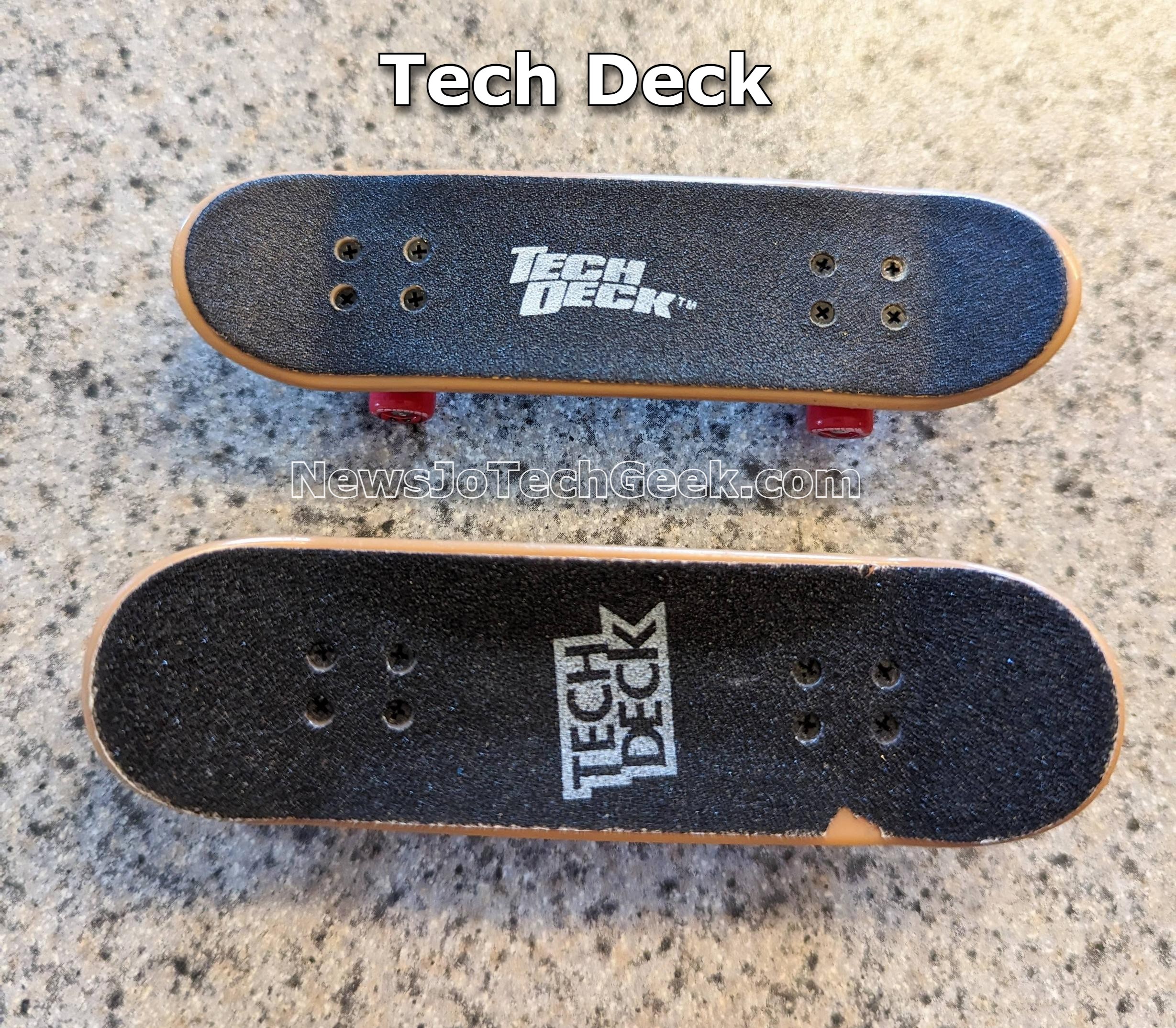Metal on metal brakes are a specialized type of braking system increasingly used in high-performance vehicles. These brakes offer significant advantages, such as improved stopping power and heat dissipation, which can enhance overall driving performance. Understanding their benefits and potential drawbacks is crucial for anyone considering an upgrade or replacement.
While metal on metal brakes can deliver exceptional performance, they may not be suitable for every vehicle or driving style. Some users may experience increased noise and wear compared to traditional brake systems. Exploring these characteristics will help drivers make informed decisions about their braking needs.
The choice between metal on metal brakes and other types hinges on specific automotive requirements and personal preferences. Knowing the intricacies of these braking systems empowers vehicle owners to select the best option for their driving experience.
Overview of Metal on Metal Brakes
Metal on metal brakes are a specific type of braking system known for their unique construction and performance characteristics. They consist of metal components that interact to provide stopping power, which has evolved to meet various automotive needs.
Historical Development
The use of metal on metal brakes dates back to the early days of automotive engineering. Initially, brakes were made from rudimentary materials, but advancements led to the introduction of steel and aluminum components.
In the 1960s, the automotive industry saw a shift towards higher performance demands, prompting manufacturers to develop metal on metal brake systems for better durability and heat dissipation. By the 1980s, these systems gained popularity in racing and high-performance vehicles due to their superior stopping capabilities compared to traditional organic materials.
Components and Materials
Metal on metal brakes typically consist of two primary components: brake pads and brake rotors. The pads are often made from materials such as high-carbon steel or sintered metal, which provide excellent friction performance.
The rotors are designed from materials like cast iron or carbon composites, allowing them to withstand significant heat generated during braking. Key characteristics of metal on metal brakes include:
- High Friction Coefficient: Ensures effective stopping power.
- Durability: Resist wear even under extreme conditions.
- Heat Resistance: Ability to manage high temperatures without fading.
These features make metal on metal brakes suitable for rigorous driving conditions, including racing and heavy-duty applications.
Mechanics of Metal on Metal Braking
This section examines the essential mechanisms involved in metal on metal braking, focusing on friction and wear, thermal effects, and noise generation. Understanding these components is vital for maintenance and performance evaluation.
Friction and Wear Mechanisms
Friction is the fundamental force at play in a metal on metal braking system. When the brake components engage, kinetic energy is converted into thermal energy, effectively slowing down the vehicle. The coefficient of friction in these systems is typically higher compared to other materials, which provides improved stopping power.
Wear mechanisms can vary based on the materials used. Adhesive wear occurs when the surfaces bond and then break apart, leading to material removal. Abrasive wear happens when hard material particles scrape against the brake surfaces. Maintaining an optimal environment helps minimize these wear processes, extending the life of brake components.
Thermal Properties and Heat Dissipation
Metal on metal brakes generate significant heat during operation. High brake temperatures can lead to performance degradation, including brake fade. Heat dissipation is crucial; materials must efficiently transfer heat away from the braking surface to prevent structural failure.
Brake design often incorporates features like cooling fins or vented configurations. These innovations enhance airflow around the components, promoting effective heat transfer. Material selection also plays a role; alloys with higher thermal conductivities are preferred to manage temperature and maintain braking performance.
Noise Generation and Mitigation Strategies
Noise is an inherent characteristic of metal on metal braking systems, primarily due to vibrations and resonance. Common sounds include squeaking or grinding, which can indicate issues such as improper installation or material wear.
Several strategies exist to mitigate these noises. Using dampening compounds can minimize vibrations while tuning the brake assembly can reduce resonance. Proper lubrication of the contact surfaces also plays a critical role in noise reduction. Regular maintenance checks help identify and rectify potential sources of noise, contributing to a more pleasant driving experience.



